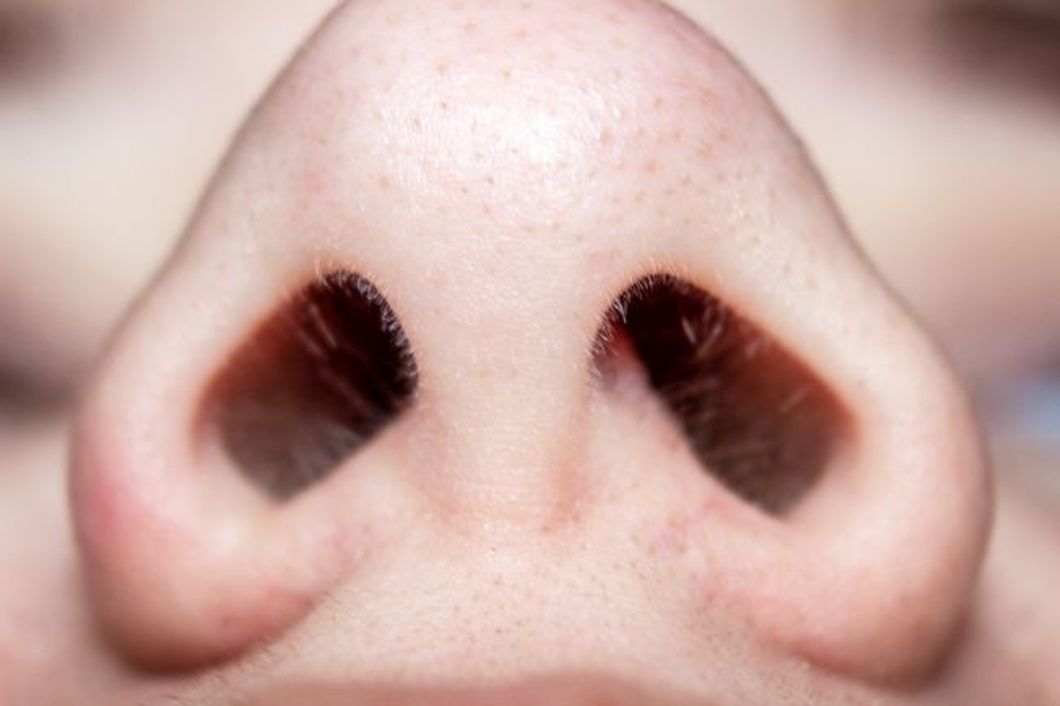The earliest known forms of the removal of body hair began in the Neolithic era, or the Stone Age, and have continued through almost all of humanity's various cultures. Hair removal is done for a bunch of different reasons, but it is typically for aesthetics. Shaving is the most common method for hair removal, but there are many ways people have developed to remove unwanted body hair, including waxing, cutting, trimming, and many more.
In early history, hair was mainly removed for cleanliness and fashion reasons. People removed hair to stop from getting infections and diseases, like lice. For fashion purposes, if someone had a haircut and was shaven it meant they were high class.
In more modern times, it has become a common trend in society to remove the hair within a person's nose. But what some people don't realize is that nose hair actually serves important functions within the human body. Nose hair is a natural part of the human body that serves as a defense mechanism. Blood vessels within the nostrils and face are extra dense. within the nose, they aid hair growth.
Nose hair keeps debris from coming into your body, reducing hypersensitive reactions and infections. The dust, pollen, spores, viruses, and bacteria that go into the nose attach onto the moist tendrils of your nose hairs, which prevents them from reaching your lungs and inflicting infection. Subsequently, you'll either blow the particles right into a tissue or swallow them wherein they will be destroyed upon contact with your stomach acid.
Nostril hair additionally facilitates the adding and holding of moisture within the air you breathe. Those benefits are especially important for all people with hypersensitive reactions or allergies. Viable complications of doing away with nostril hair include pain, ingrown hairs, damage to the mucous membranes inside the nostril, and an improved threat of particles moving into your airways.
If you feel you must remove your nose hair, for any reason, the best and safest way is to trim only the hair that is sticking outside of the nose with small trimming scissors, like those typically included in most fingernail maintenance kits.
















